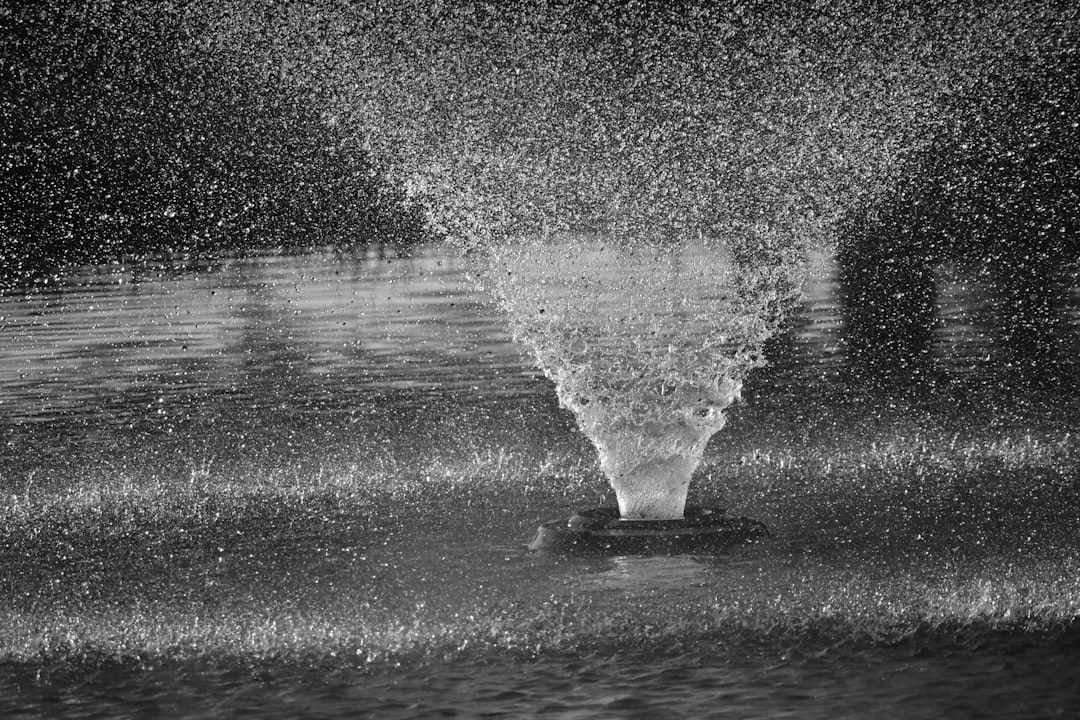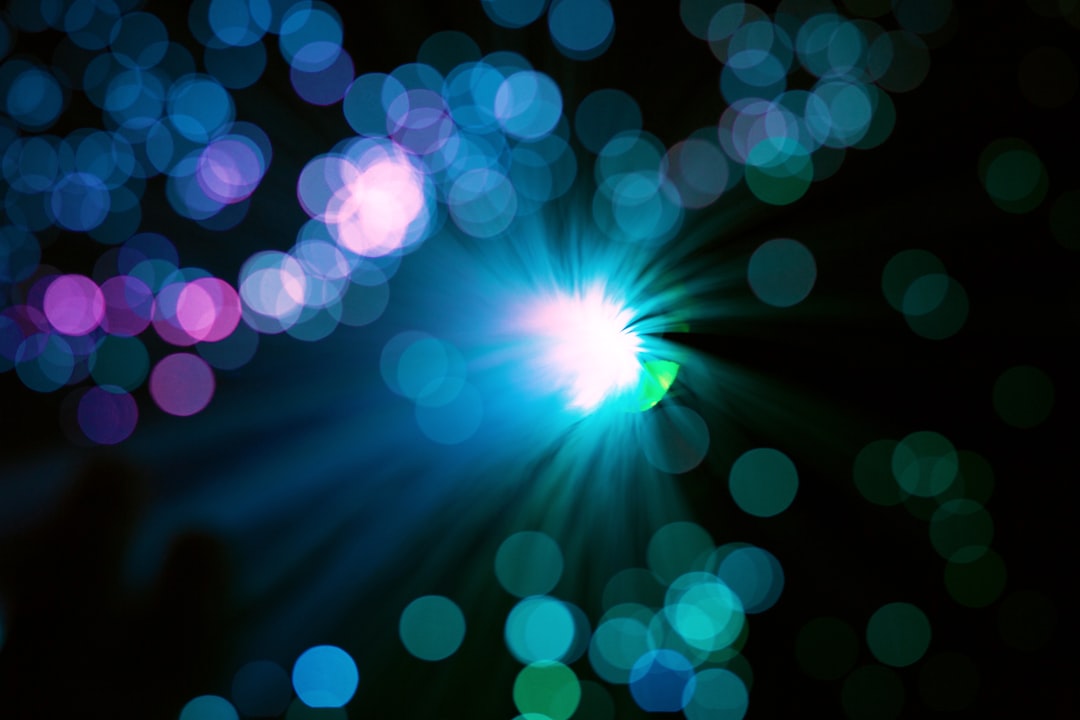What is it about?
This study reports the preparation of thin nanoparticulate films of titanium dioxide and its modified version doped with a transition metal. The behavior of prepared films was described by means of their photocatalytic and photo-induced electrochemical properties. The TiO2 and M/TiO2 (M = Ag, Zr, Fe) thin films were produced via a standard sol–gel method using titanium n-butoxide, acetylacetone, and transition metal acetylacetonates as precursors. Prepared films were analyzed by a series of techniques involving XRD, Raman spectroscopy, SEM, AFM, and XPS. Their photocatalytic activity was monitored with the aid of decomposition of the model compound Rhodamine B in water. All films were then tested for their photo-induced electrochemical properties based on evaluation of polarization curves (photocurrents). The highest reaction rate constant (0.0101 min−1), which was even higher than that for pure TiO2, was obtained for the Ag/TiO2 sample. The highest quantum yield of the charge collection was determined for the undoped TiO2 film.
Featured Image
Why is it important?
This study reports the preparation of thin nanoparticulate films of titanium dioxide and its modified version doped with a transition metal. The behavior of prepared films was described by means of their photocatalytic and photo-induced electrochemical properties. The TiO2 and M/TiO2 (M = Ag, Zr, Fe) thin films were produced via a standard sol–gel method using titanium n-butoxide, acetylacetone, and transition metal acetylacetonates as precursors. Prepared films were analyzed by a series of techniques involving XRD, Raman spectroscopy, SEM, AFM, and XPS. Their photocatalytic activity was monitored with the aid of decomposition of the model compound Rhodamine B in water. All films were then tested for their photo-induced electrochemical properties based on evaluation of polarization curves (photocurrents). The highest reaction rate constant (0.0101 min−1), which was even higher than that for pure TiO2, was obtained for the Ag/TiO2 sample. The highest quantum yield of the charge collection was determined for the undoped TiO2 film.
Perspectives
This study reports the preparation of thin nanoparticulate films of titanium dioxide and its modified version doped with a transition metal. The behavior of prepared films was described by means of their photocatalytic and photo-induced electrochemical properties. The TiO2 and M/TiO2 (M = Ag, Zr, Fe) thin films were produced via a standard sol–gel method using titanium n-butoxide, acetylacetone, and transition metal acetylacetonates as precursors. Prepared films were analyzed by a series of techniques involving XRD, Raman spectroscopy, SEM, AFM, and XPS. Their photocatalytic activity was monitored with the aid of decomposition of the model compound Rhodamine B in water. All films were then tested for their photo-induced electrochemical properties based on evaluation of polarization curves (photocurrents). The highest reaction rate constant (0.0101 min−1), which was even higher than that for pure TiO2, was obtained for the Ag/TiO2 sample. The highest quantum yield of the charge collection was determined for the undoped TiO2 film.
Dr Vladimír Církva
Institute of Chemical Process Fundamentals
Read the Original
This page is a summary of: Notes on the photo-induced characteristics of transition metal-doped and undoped titanium dioxide thin films, Journal of Colloid and Interface Science, August 2010, Elsevier,
DOI: 10.1016/j.jcis.2010.04.002.
You can read the full text:
Contributors
The following have contributed to this page










